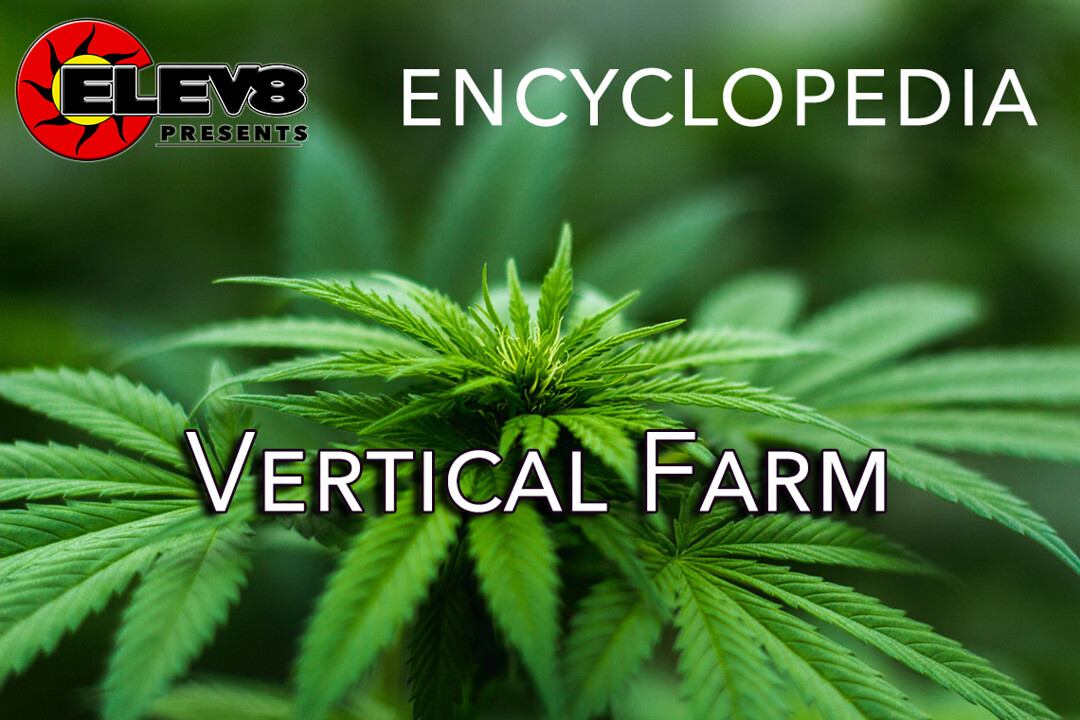What does Vertical Farm mean?
A vertical farm grows plants and produce in a vertical orientation, maximizing the use of the location’s square footage. Most often this is achieved through the use of growing shelves suspended on a wall or fence.
Because vertical farming uses so little space, it is a popular and preferred method for roof-top and other urban forms of agriculture.
More Info On Vertical Farm
Vertical farming is a common method of growing produce in an indoor environment (e.g., a building or walk-in container) with carefully controlled conditions and lighting.
Some vertical farms have conditions similar to greenhouses, using natural sunlight and primarily solar heating during the day. Other vertical farms are completely indoors, using artificial lighting and humidity and heating controls.
Lettuce, kale, and other forms of greens are the most common vegetables grown in vertical farms. Some crops like corn or grain just are not practical for this form of agriculture.
Outside vertical farming dates back to the French method of growing vertical fruit trees by pruning espalier, a method of pruning a fruit tree so that it doesn’t have the branching effect of conventional orchard trees and can be grown in a vertical orientation on a trellis or fence. Some vineyards prune and grow grapes in a vertical orientation.







